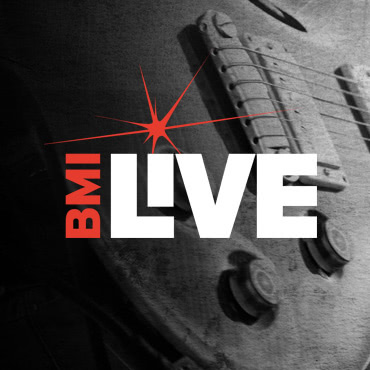Recording in Reel Time
The ultimate next step for those with a taste for old-world recording, a reel-to-reel tape machine can be a fun adventure, assuming you land the right model, use it carefully and understand its (many) quirks

Even as digital technology grows more sophisticated, affordable and portable, there are many who remain intrigued by the idea of recording to magnetic tape as an add-on to their digital systems. For those who’ve tried cassette multitracking and wish to up their game, a reel-to-reel tape machine is the ultimate next step. These units range from simple 2- or 4-track recorders using standard tape widths, to those with more tracks, twice the tape speed and larger record & playback heads for a more professional sound.
Because multitrack tape recorders haven’t been mass marketed since the last century, you’re investing in something that’s 30-40 years old and relies not so much on microprocessors but moving parts to get the job done. It’s also increasingly difficult to hire a competent technician should something go wrong, so a willingness to tinker is a plus. That said, there’s something unmistakably different about music recorded to professional tape, making it very much worth your while should you locate a sturdy model and can deal with its various idiosyncrasies.
What to look for. Back when they were first made, the dividing line between ‘pro’ and ‘consumer’ analog recorders wasn’t just number of tracks but tape width (to accommodate those extra tracks) and also play/record speed. For instance, whereas most basic two-track recorders operated at a maximum 7.5 inches per second and used ¼” tape, their pro-leaning counterparts offered eight tracks recorded to ½” tape running at a brisk 15 ips. Since wider, faster tape means less annoying hiss and better fidelity, ideally that’s the kind of machine to shoot for. And while there are many excellent 4-track decks out there, the physical limitations of analog mean that tracks on either edge of a piece of tape don’t always record as clearly as the rest, making a good case for having a full eight tracks to start with.
Functionality first. The most important factor with any tape recorder is operational integrity, and here’s where you’ll want to take some time to ensure the machine you’re getting doesn’t quickly become a nonfunctioning 60-lb door stop. Tape transport is crucial—it takes an enormous amount of torque and braking power to shuttle some 2500 feet of tape back and forth for hours on end, so you’ll want to know that the mechanism (including motors, belts and brake pads) is in good condition and can easily pass tape with no audible squeaking or slowing, especially as the weight shifts between reels. You should also check the condition of the record, playback and erase heads (collectively known as the “headstack”)—ideally the surface of each should be smooth or have only nominal signs of wear. Caring for the heads includes cleaning with a Q-tip and isopropyl alcohol before/after each session, as well as occasionally using a demagnetizer to prevent degradation in sound quality.
Tape types. You’ll also need a starter supply of blank tape that will work with your recorder—no small feat, given that leading manufacturers like Ampex and its successor Quantegy ceased operations years ago. While brands such as ATR and RTM have helped fill the void, expect to pay anywhere between $50 and $150 per reel of new tape depending on size and capacity; if buying second-hand, you’ll want to inquire about the age of the tape and how much action its seen over the years. Tape can also be purchased as “pancakes,” i.e., without their metal flanges, which can save you money if you already have some spare reels on hand. And be sure to get the tape formulation that’s specified for your particular recorder (such as 456 or its equivalent). The good news is that a spool of tape in excellent or lightly used condition should last you many years, especially if you’re just transferring tracks to your digital platform and subsequently recording over the old material.
Integrating tape with digital. Even a lightly used, well-made tape machine is still vulnerable to the ravages of time, making it difficult to rely on as a primary recording source. On the other hand, using tape to help build the foundation of an otherwise digital project makes far more sense, especially since tape excels at reproducing lower-register instruments like acoustic guitar, bass and bass drum (and drums in general). And while digital has almost zero tolerance for anything above 0db, with tape it’s just the opposite—the hotter the level, the better. In fact, one of the truly magical features of good tape is that it actually compresses, rather than distorts, signals that are swung into the red! Accordingly, your tape-to-DAW regimen might include cutting just the rhythm-section parts on your reel-to-reel, then shuttling the tracks over to digital and continuing from there. This approach puts much less stress on your vintage unit, while still giving your work a healthy dose of analog sound.








Community
Connect with BMI & Professional Songwriters